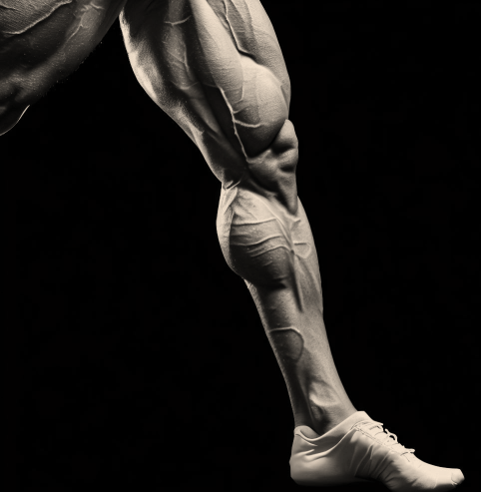Introduction
Functional training, a term that has gained significant traction in recent years, focuses on exercises that mimic everyday activities, enhancing our ability to perform daily tasks with ease. When applied to leg muscles, functional training not only strengthens and tones but also improves balance, agility, and overall mobility. In this guide, we’ll explore the ins and outs of functional training for leg muscles, offering insights and actionable steps to integrate it into your fitness routine.
Understanding Functional Training for Leg Muscles
Functional training is rooted in the idea of training the body for the activities performed in daily life. For the legs, this means exercises that improve walking, running, jumping, and even standing from a seated position.
1. Benefits of Functional Training for Legs
- Enhanced Mobility: Functional exercises improve joint flexibility and muscle elasticity, aiding in smoother movement.
- Improved Balance: By targeting stabilizing muscles, functional training enhances balance and reduces the risk of falls.
- Better Muscle Coordination: Functional exercises often engage multiple muscle groups, promoting better coordination.
- Injury Prevention: Strengthening muscles in a functional manner can reduce the risk of injuries in daily activities.
2. Key Principles
- Multi-joint Movements: Functional exercises often involve more than one joint, mimicking real-world activities.
- Engaging Core and Stabilizers: Core engagement is crucial, as it provides stability and support.
- Variability: Changing up exercises prevents plateaus and continuously challenges the muscles.
Top Functional Exercises for Leg Muscles
- Squats: The quintessential functional exercise, squats mimic the action of sitting down and standing up. They engage the quads, hamstrings, glutes, and calves.
- Lunges: Lunges replicate walking and climbing stairs, targeting the quads, hamstrings, and glutes.
- Step-Ups: Using a bench or platform, step-ups simulate climbing and enhance balance.
- Deadlifts: While primarily a back exercise, deadlifts engage the entire posterior chain, including the hamstrings and glutes.
- Box Jumps: An explosive exercise, box jumps improve power in the legs and mimic jumping movements in daily life.
- Single-Leg Deadlift: This exercise enhances balance and targets the hamstrings and glutes.
Incorporating Functional Training into Your Routine
- Start Slow: If you’re new to functional training, begin with basic exercises and gradually increase intensity.
- Focus on Form: Proper form is crucial to prevent injuries and reap maximum benefits.
- Use Props: Dumbbells, resistance bands, and stability balls can add resistance and variety to your routine.
- Stay Consistent: Like any training regimen, consistency is key to seeing results.
FAQs
- What’s the difference between functional training and traditional weightlifting? Functional training focuses on movements that mimic daily activities, while traditional weightlifting often isolates specific muscles.
- How often should I engage in functional training for legs? 2-3 times a week is ideal, allowing rest days in between for recovery.
- Can I combine functional training with other workout routines? Absolutely! Functional training can complement other routines, enhancing overall fitness.
- Do I need special equipment for functional leg exercises? While equipment can add variety, many functional exercises use body weight and can be done without any gear.
- Is functional training suitable for seniors? Yes! In fact, functional training is highly beneficial for seniors as it improves balance, mobility, and strength, essential for daily activities.
Conclusion
Functional training for leg muscles is more than just a fitness trend; it’s a holistic approach to strength, mobility, and everyday functionality. By focusing on movements that mirror daily activities, it prepares the body for real-world challenges, making daily tasks easier and reducing the risk of injury. Whether you’re a fitness novice or a seasoned athlete, integrating functional exercises into your routine can lead to stronger, more agile legs and a healthier, more active life.
Check out the other articles to find out all you need about leg muscle exercises.
